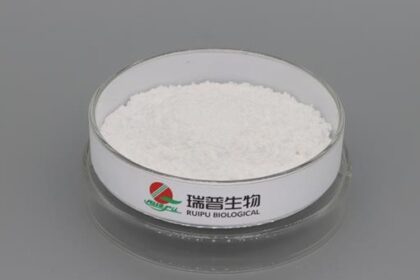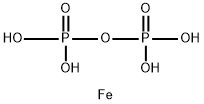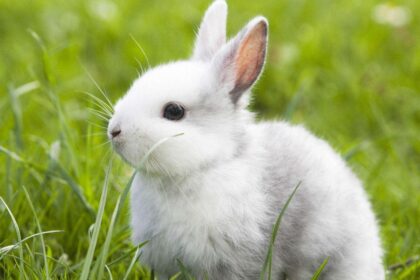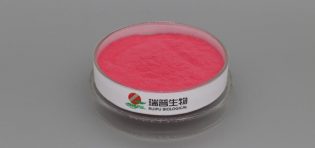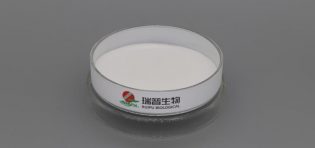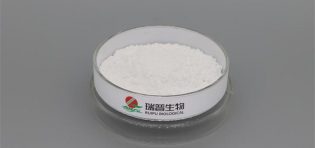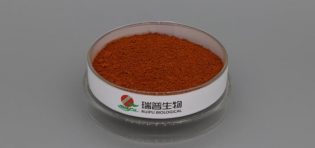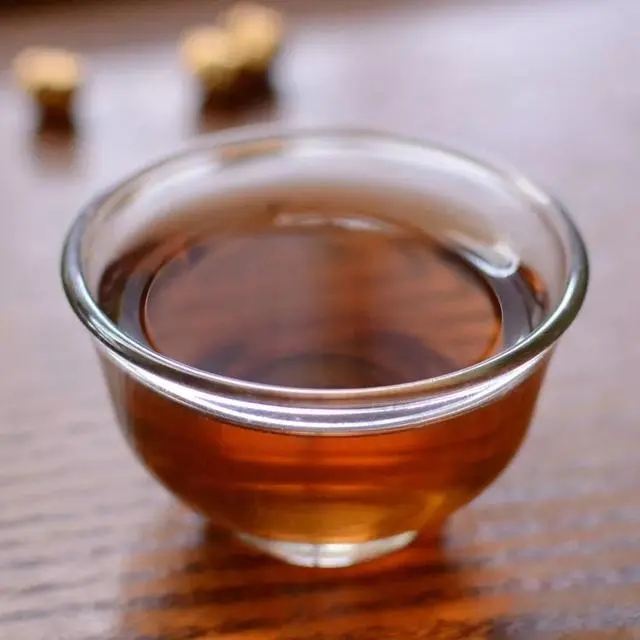
The application methods of taurine in food are extensive and varied, mainly used as a nutritional fortifier, taste modifier, preservative, and for other functional purposes.
In dairy products such as yogurt, cheese, and infant formula, taurine can be added as an essential nutrient to aid in the growth and development of infants, enhance the consistency and stability of the products, and improve taste and texture. According to the "National Food Safety Standard for the Use of Food Nutrition Enhancers" (GB14880-2012), the usage amount of taurine in formulated milk powder and dairy beverages is 0.3-0.5g/kg.
Taurine is especially suitable as a nutritional supplement for newborns and new mothers who are not breastfed. Breast milk contains 3.3-6.2mg/100ml of taurine, while cow's milk only contains 0.7mg/100ml. Taurine plays a significant role in the brain development, nerve conduction, visual function improvement, calcium absorption, and lipid digestion and absorption of infants.
Taurine can also be used to enhance the nutritional value of these foods, thereby increasing the market competitiveness of the products. In beverages such as coffee, tea, and sports drinks, taurine is commonly used as a taste modifier due to its refreshing taste and slight sweetness. It not only improves the taste of the beverages but also increases consumer consumption. Additionally, it has certain antibacterial properties that can extend the shelf life of the beverages by preventing microbial growth and reproduction.
In the process of making candies, taurine can act as a humectant and taste modifier, enhancing the taste and texture of the candies. Taurine is also widely used in some chocolates and chewing gums. Due to its antibacterial properties, taurine can inhibit microbial growth, thereby extending the shelf life of foods. It can be added in appropriate amounts to foods that require a longer shelf life to achieve a preservative effect.
Taurine can also be used as an ingredient in health foods, often found in products designed to relieve physical fatigue, boost immunity, and provide antioxidant effects. When selecting products containing taurine, it is necessary to determine whether to choose health foods or regular foods based on your needs and to understand the methods and limits of consumption.
In the field of animal feed, taurine also has wide applications. For example, taurine is added to cat food to maintain the growth, development, and reproduction of cats, as cats cannot synthesize enough taurine from other amino acids in their bodies. Additionally, in aquatic feed, taurine can improve the meat quality and nutritional content of aquatic products.
When using taurine as a food additive, it is essential to follow relevant regulations and standards to ensure food safety and compliance, paying attention to its dosage to avoid adverse effects on food quality and human health from excessive use. When purchasing products containing taurine, carefully check the product labels and instructions to understand the ingredients, effects, and consumption methods of the products.
Taurine has diverse and widespread applications in food, but specific methods and amounts of use need to be adjusted and controlled according to the type of food and regulatory requirements.

